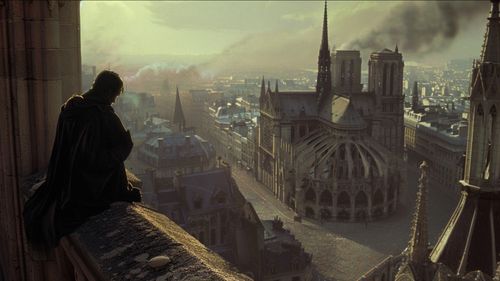Never Read "The Hunchback of Notre Dame"? 10 Surprising Insights (Summary)
Mar 25, 2024 · 2 mins read
0
Share

Victor Hugo's "The Hunchback of Notre Dame" is a tale that transcends time, weaving a rich tapestry of love, betrayal, and redemption against the backdrop of medieval Paris.
Save
Share
At its heart, the story challenges societal norms and prejudices, embodied in the figure of Quasimodo, the bell-ringer of Notre Dame, whose grotesque appearance belies a gentle soul.
Save
Share
Esmeralda, with her captivating beauty and kindness, becomes the focal point of several men's desires, illustrating the destructive nature of obsession and unrequited love.
Save
Share
Hugo masterfully uses the Notre Dame Cathedral not just as a setting but as a living, breathing entity that reflects the complexity and depth of his characters.
Save
Share
The novel is a critique of the French justice system and social hierarchy of the time, highlighting how power and corruption can lead to the downfall of the innocent.
Save
Share
Through the tragic fates of its characters, Hugo explores themes of fate and destiny, questioning whether individuals can truly escape the roles society casts for them.
Save
Share
The book's rich descriptions of 15th-century Paris serve as a time machine for readers, offering a vivid glimpse into the city's architectural marvels and bustling streets.
Save
Share
"The Hunchback of Notre Dame" also serves as a plea for the preservation of Gothic architecture, which was under threat during Hugo's time, showcasing the author's passion for history and heritage.
Save
Share
Despite its dark themes, the novel is punctuated with moments of humor and humanity, reminding readers of the light that can be found even in the darkest of times.
Save
Share
Ultimately, Hugo's masterpiece is a testament to the enduring power of compassion and the human spirit, proving that beauty and grace can be found in the most unexpected places.
Save
Share
0